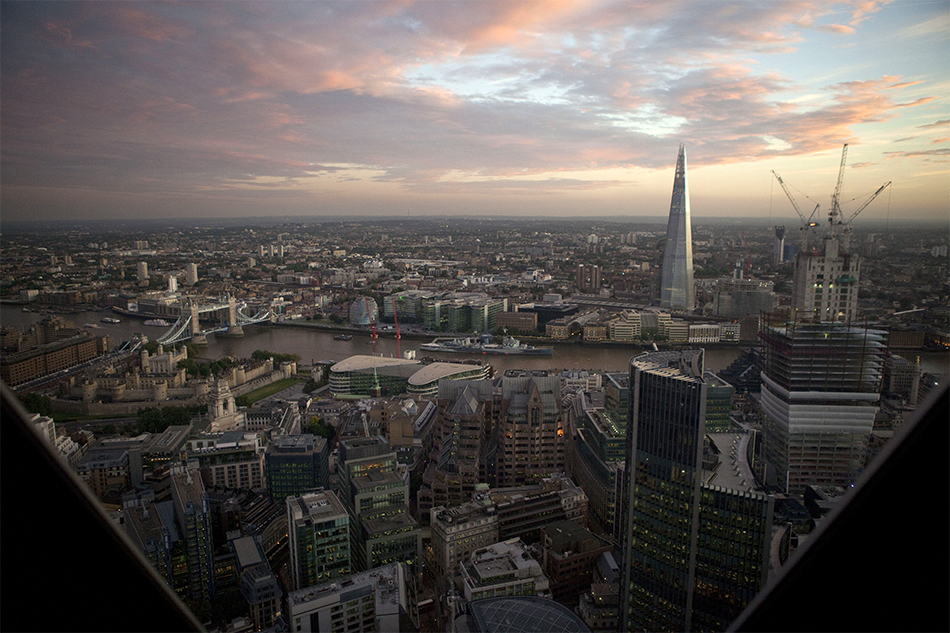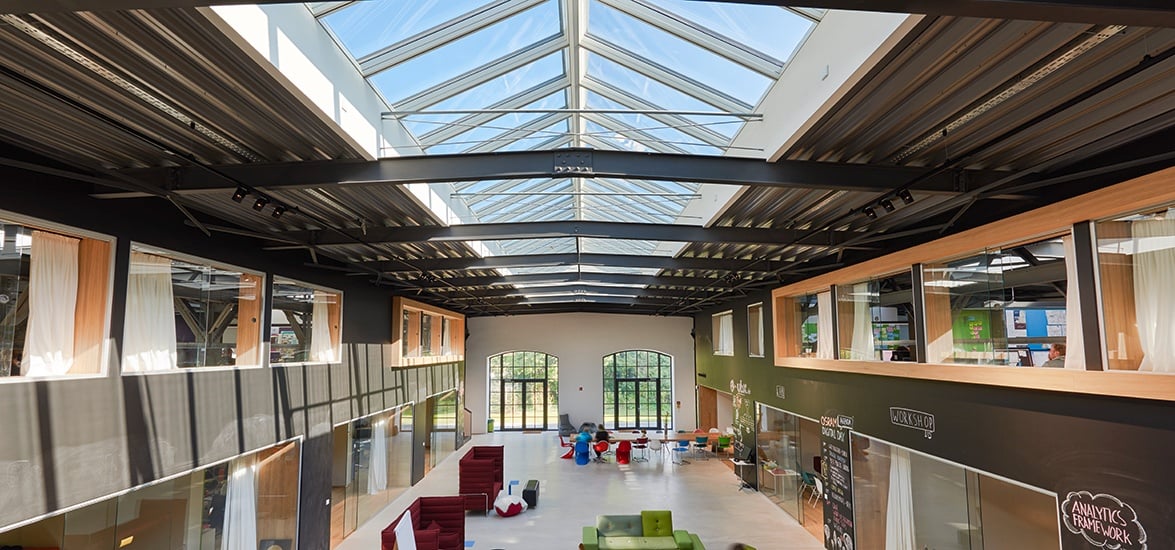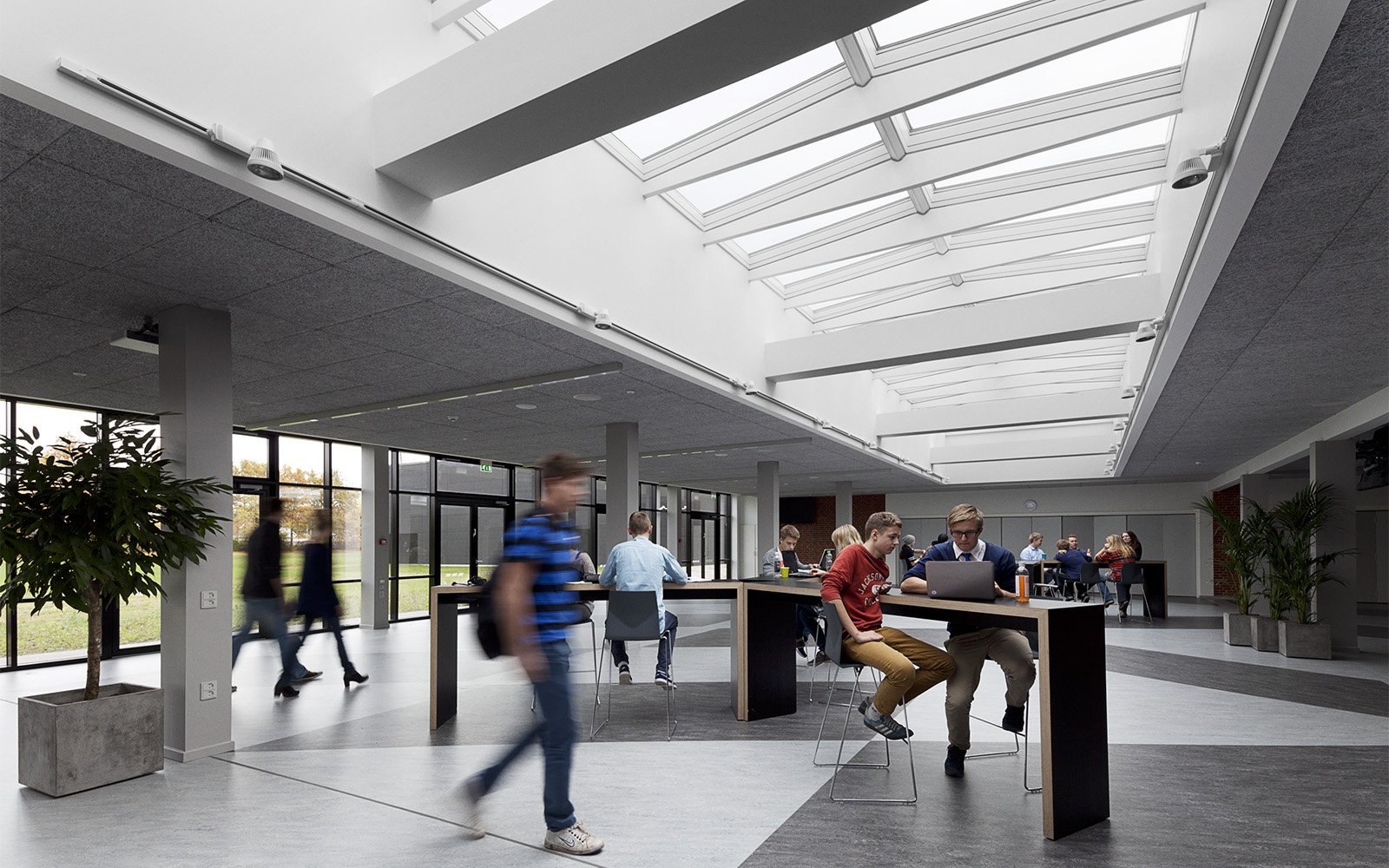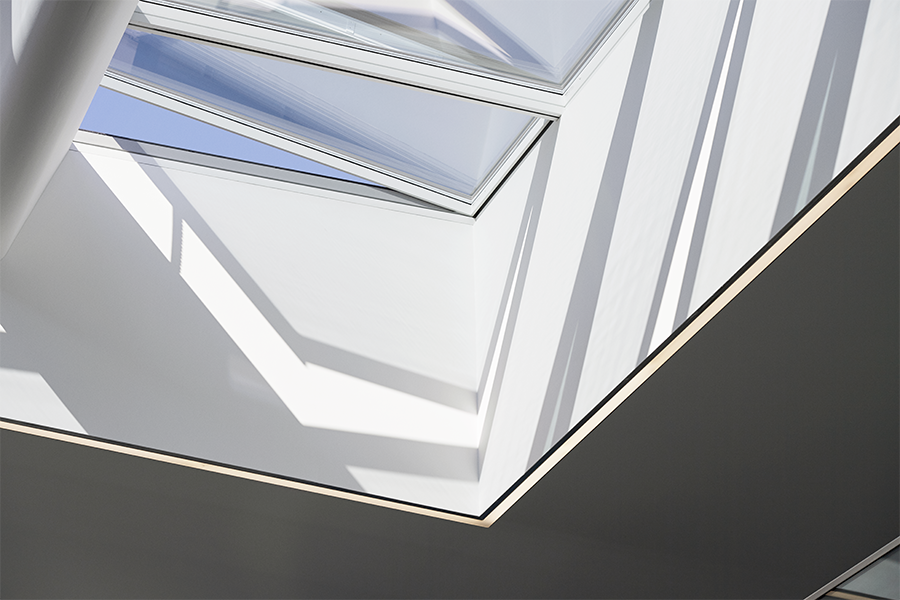All over the world, natural daylight has been exchanged for artificial light forms at the expense of our health and even productivity. With better building design, though, we can reclaim the daylight and improve well-being and performance
Introduction
In today’s built up society, natural daylight has been replaced with artificial forms of light, like electric lighting. The effects are widespread. From deteriorating health to declining performance, it’s becoming increasingly obvious that daylight isn’t just a nice-to-have resource, it’s a basic human need.
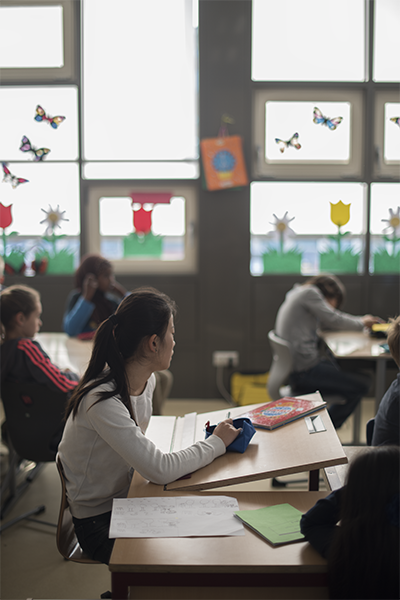
Photo: Tekla Ehling
The good news is, through better design, we can actively reverse the damage done. We can design sustainable buildings that make use of abundant, natural daylight, decreasing our dependence on artificial light. Further, we can prioritise the health and well-being of building occupants, in order to promote better performance. When we do so, we address the circular view of sustainability and contribute to positive social, environmental and economic returns with our designs. This guide will show you:
- The implications of insufficient daylight on health and well-being.
- The effects that natural light has on our performance—both professional and academic.
- How we can design better buildings to overcome these challenges.
- How to carry out sustainable building design and the certification schemes you should be considering.
Insufficient daylight and its effects on health
Since the beginning of time, daylight has been an integral part of our lives. It has been an indicator of the weather and of the time of day. It’s been a signal of refuge and safety. It’s been a processing aid and even a synchroniser of biological and social rhythms.
Daylight both life-like and life-supporting is not just a resource that we can replace with artificial light forms, evidence suggests, in fact, that it’s a basic human need.
In today’s built-up environment, though, we don’t get enough of it. We’ve replaced daylight with artificial light. Because of this, our health has suffered, our circadian rhythms have been disturbed and we’ve made ourselves vulnerable to a plethora of illnesses.

.svg)

